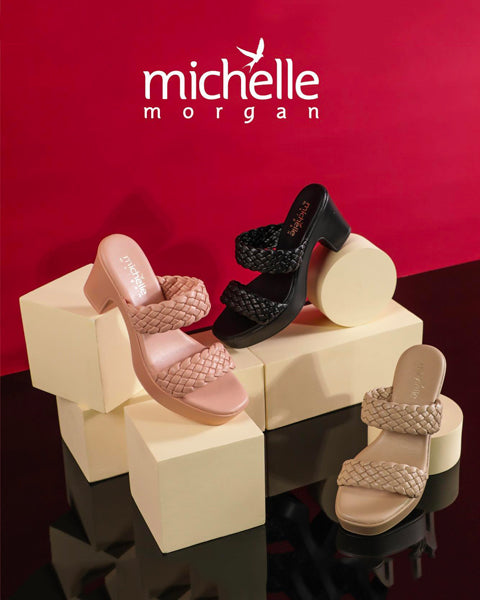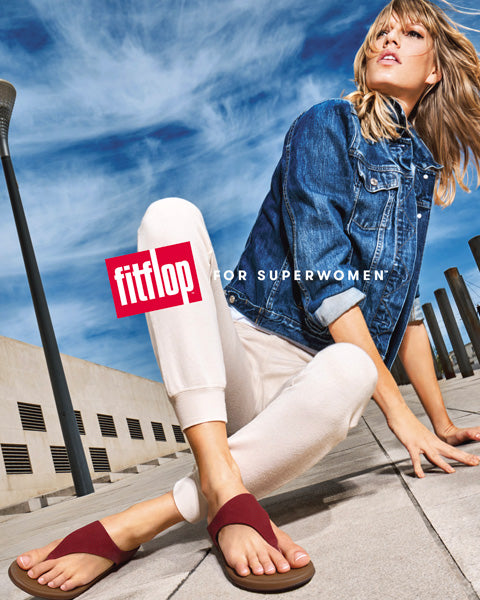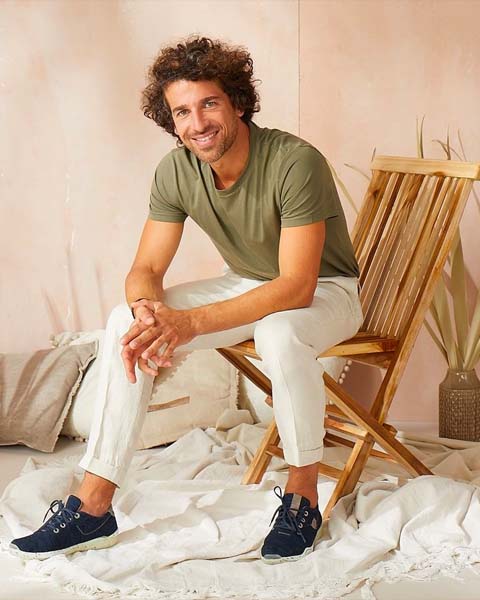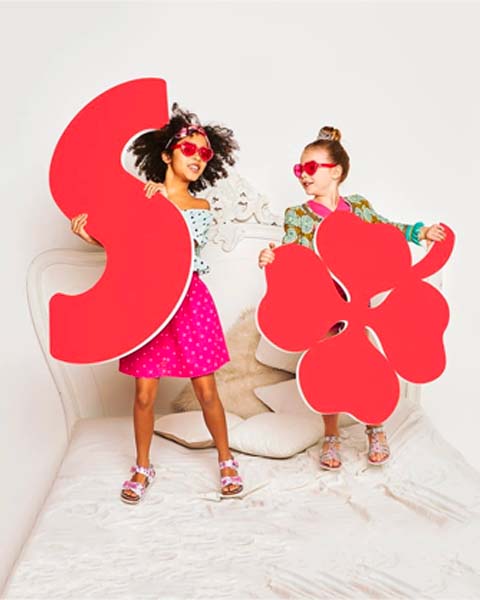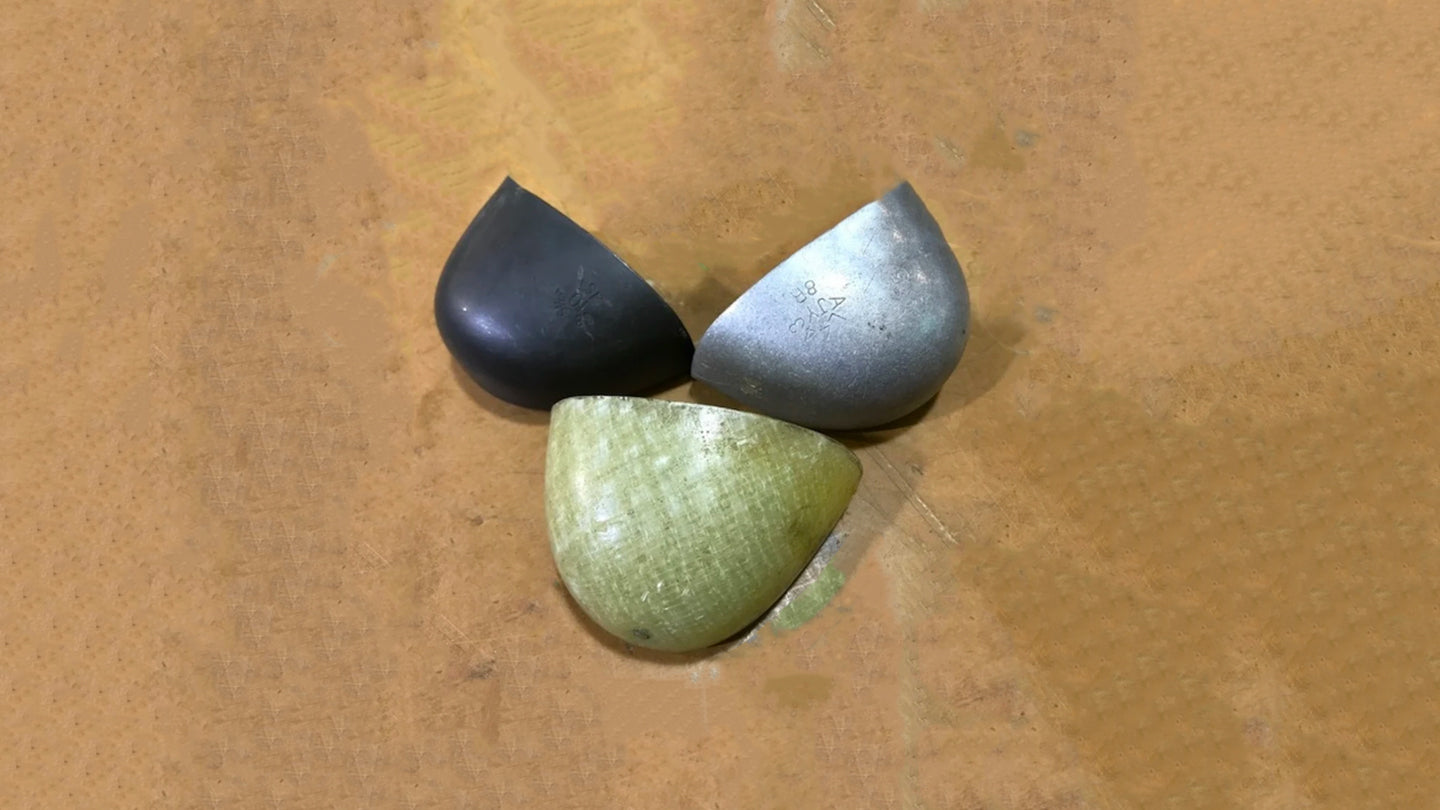In the Middle East, traditional Arabic sandals have a rich history and cultural significance that spans centuries. These iconic and timeless footwear pieces have not only provided comfort and protection but also become a symbol of the region's heritage and craftsmanship. In this blog post, we will delve into the fascinating world of traditional Arabic sandals, exploring their origins, unique designs, and enduring popularity. Join us as we take a step back in time and appreciate the allure of these remarkable shoes.
- The Origins of Traditional Arabic Sandals: Traditional Arabic sandals, also known as "Hijazi sandals" or "Bedouin sandals," have roots deeply intertwined with the region's cultural heritage. Originating from the Arabian Peninsula, these sandals were initially crafted by skilled artisans using locally available materials. The design and construction of these sandals were influenced by the nomadic lifestyle of the Bedouin people and the harsh desert environment.
- Unique Design Features: One of the distinguishing features of traditional Arabic sandals is their simplicity and minimalistic design. Typically made from leather or camel hide, these sandals feature a flat sole, an open-toe design, and multiple interlaced straps that secure the foot in place. The intricate weaving of these straps not only enhances the sandal's durability but also adds a touch of elegance and artistry.
- Symbolism and Cultural Significance: Beyond their functional purpose, traditional Arabic sandals hold significant cultural symbolism in the Middle East. They represent a connection to the region's history, traditions, and values. Wearing these sandals can evoke a sense of pride in one's heritage and serve as a visual reminder of the rich tapestry of Middle Eastern cultures.
- Modern Adaptations and Fashion Trends: While traditional Arabic sandals continue to be cherished for their authenticity, they have also found their place in the modern fashion scene. Today, contemporary designers and fashion houses have reimagined these sandals, blending traditional craftsmanship with modern aesthetics. The incorporation of vibrant colors, embellishments, and alternative materials has given rise to a diverse range of styles that cater to different tastes and occasions.
- Tips for Styling Arabic Sandals: If you're looking to incorporate traditional Arabic sandals into your wardrobe, here are a few tips to consider:
- Pair them with cropped pants or jeans for a trendy and casual outfit.
- Experiment with different color combinations to add a pop of vibrancy to your ensemble.
- Accessorize with traditional Middle Eastern jewelry or scarves to complete the cultural fusion.
Traditional Arabic sandals are more than just footwear; they are a testament to the region's history, artistry, and cultural identity. As they continue to capture the imagination of both locals and fashion enthusiasts worldwide, these sandals serve as a bridge between the past and the present. Embracing traditional Arabic sandals allows us to celebrate the rich heritage of the Middle East while embracing the beauty of timeless craftsmanship. Step into these sandals and embark on a journey that transcends time and borders.
Remember, these tips and insights will guide you as you explore the fascinating world of traditional Arabic sandals and incorporate them into your personal style. Rediscover the allure of these captivating footwear pieces and let them become a part of your fashion narrative.

